Winter is a dangerous time to drive for many reasons. Snow and ice can make roads slippery and unsafe, but did you know that low winter sun can be just 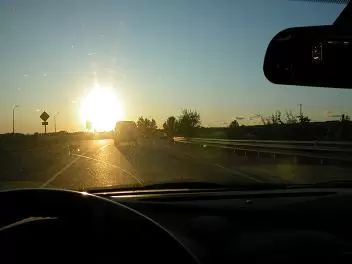
During winter, the sun doesn’t rise quite as high as it does in the summer. This low winter sun can cause glare when driving, due to the angle it which it hits your windshield. This glare can temporarily blind drivers and make it impossible to see the road ahead.
For those who live in northern latitudes (such as the UK and Ireland), this phenomenon is worse. In Ireland alone, it is estimated that low winter sun is a contributing factor in about four accident-related deaths each year. In the UK, roughly 3,000 accidents are caused by the sun’s glare each year. Most of these accidents occur in the winter.
Luckily, there are steps you can take to make driving in low winter sun safer for yourself and those on the road around you. Check out our top tips on how to say goodbye to the glare...
Clean your windshield
A dirty windshield can make glare worse. Light coming in through your windshield refracts off any dirt or smudges on the glass, making it harder to see. Use a glass cleaner and a soft microfibre cloth to clean the inside of your windshield which will help to reduce glare. Make sure your cleaner is designed specifically for 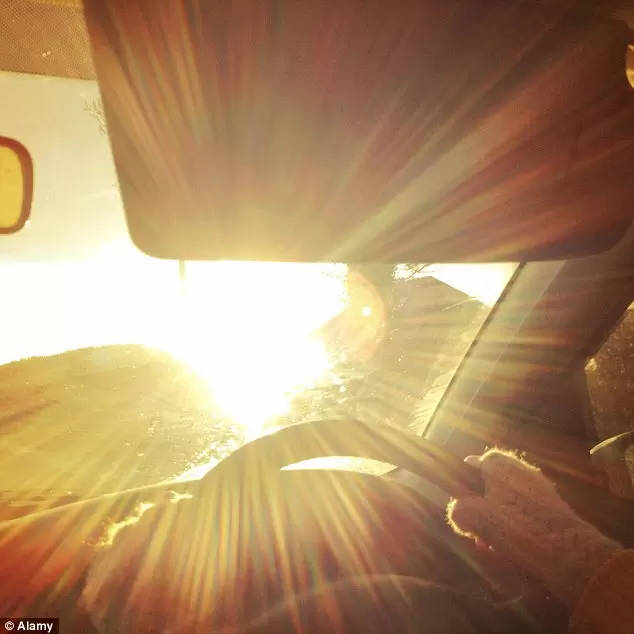 glass or windshields, otherwise it may leave streaks that will intensify glare.
glass or windshields, otherwise it may leave streaks that will intensify glare.
Replace old wiper blades
Having a clean windshield won’t do much good if your wiper blades aren’t working. Low winter sun is especially dangerous when it’s raining or snowing. Wiper blades that leave streaks or don’t work effectively can make the sun’s glare worse.
Slow down
If you’re having a hard time seeing the road ahead, you may need to slow down. Driving at a lower speed gives you more time to react to obstacles ahead, such as other vehicles or pedestrians. With glare from the low winter sun, you might not see these obstacles until they’re right in front of you.
Be aware of pedestrians
In most of the fatalities caused by low winter sun, the victim was a pedestrian. Drivers blinded by low winter sun might not see pedestrians until it’s too late. When the sun is low or the glare on your windshield is intense, it’s more important than ever to look out for pedestrians. Keep your eyes on the road and be aware of your surroundings. Again, it's also worth keeping your speed down so you've got enough time to react to potential hazards.
Wear sunglasses
A good pair of sunglasses can help significantly with blocking out the glare of low winter sun. Look for polarized shades, which are coated with a thin film 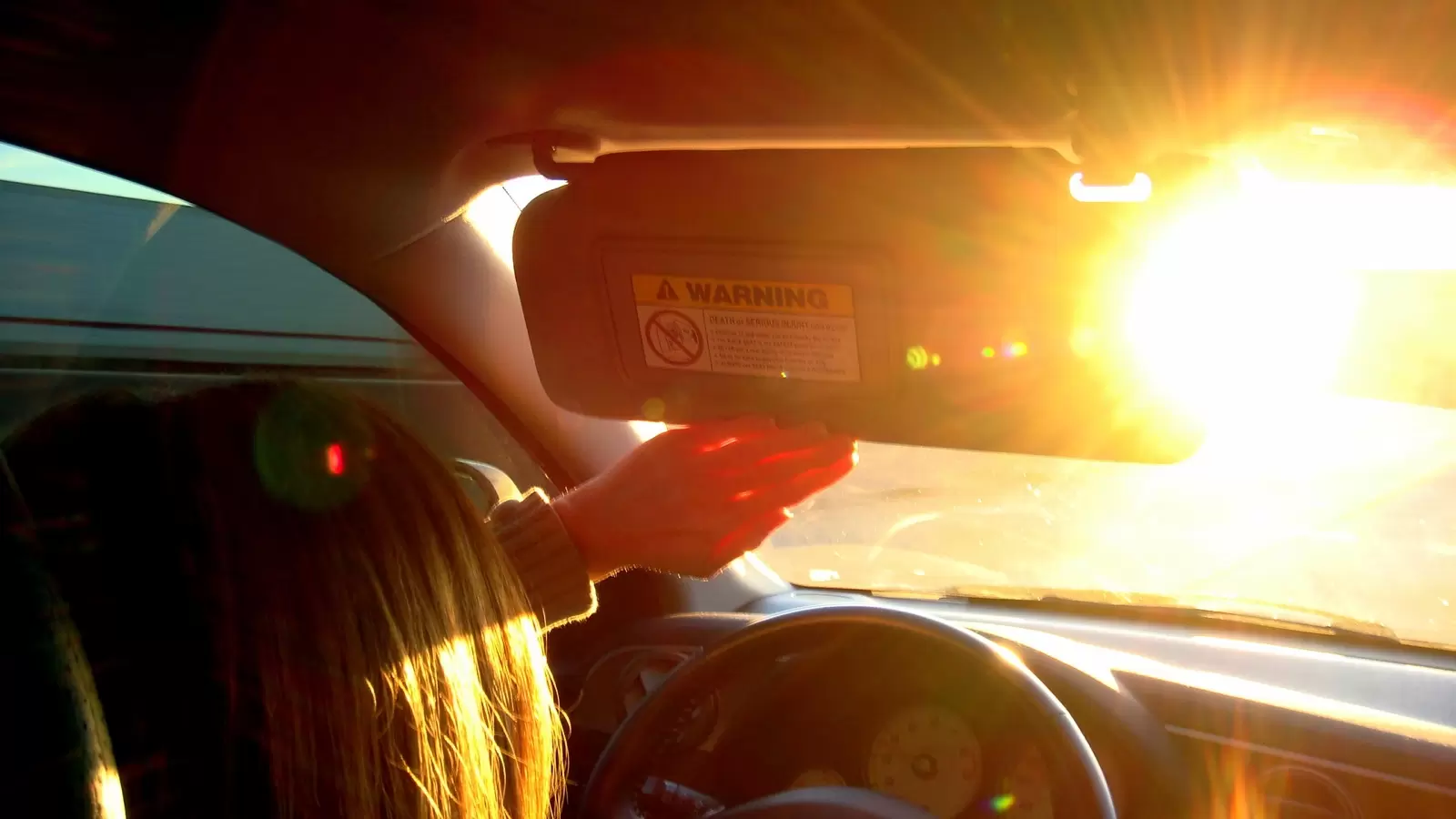 designed to reduce glare. Not only will polarized sunglasses reduce the sun’s glare, they’ll also protect your eyes from the harmful effects of the sun. Keep a spare pair in your glove compartment and you'll always be prepared.
designed to reduce glare. Not only will polarized sunglasses reduce the sun’s glare, they’ll also protect your eyes from the harmful effects of the sun. Keep a spare pair in your glove compartment and you'll always be prepared.
Use Your Visor
Your car’s visor isn’t just for sunny summer months. Put your visor down during the winter to help combat glare from low winter sun. It won’t always work, since your visor can only block the sun’s light from a certain angle, but using it can help shield your eyes from the glare of low winter sun.
Choose a new route
Low winter sun is worse on some roads than others. Roads with lots of tall buildings or trees that block sunlight are safer if you’re trying to avoid glare. In contrast, roads surrounded by wide open spaces are more dangerous since there’s nothing to block the sun. You may also want to avoid areas where 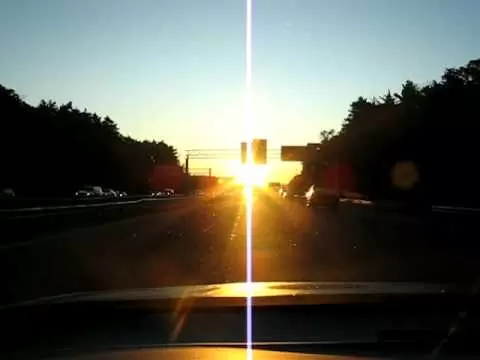 certain objects, like tall glass buildings or bodies of water, reflect the sun’s light.
certain objects, like tall glass buildings or bodies of water, reflect the sun’s light.
Drive with caution
Even if you follow all of these tips for staying safe while driving in low winter sun, other drivers may not be so careful. Be aware of vehicles around you. Leave extra space between your car and those ahead of or behind you when possible. If you break suddenly and the driver behind you is blinded by the sun, you might get rear-ended. Remember, too, that even when the sun is behind you, it might be causing glare for oncoming traffic. Be extra cautious when turning in front of oncoming traffic, and stay aware of the sun’s position.
Glare is impossible to avoid, but if you prepare yourself and your car, you'll have the best chance of staying safe. Don't forget - stay safe during night time driving in the winter by upgrading your headlight bulbs.












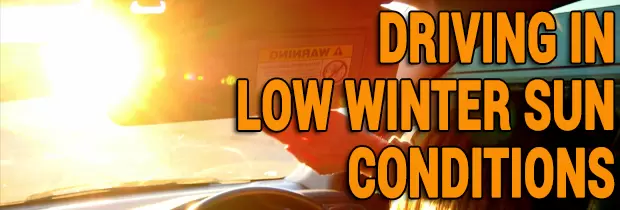

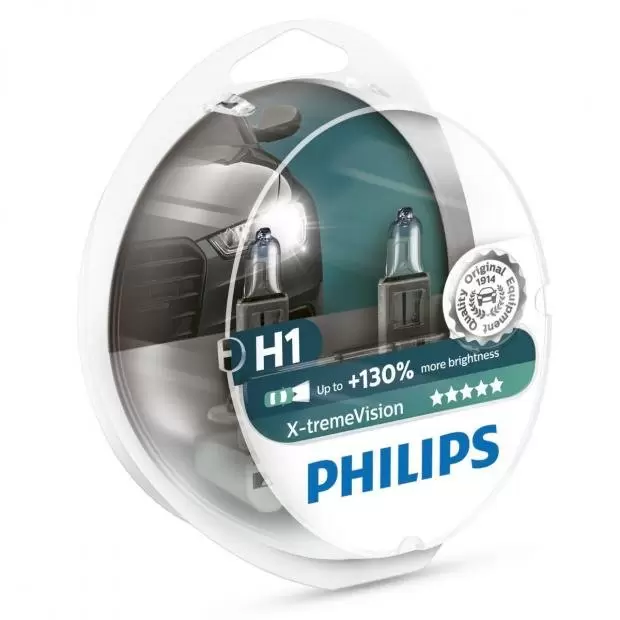









 Close
Close